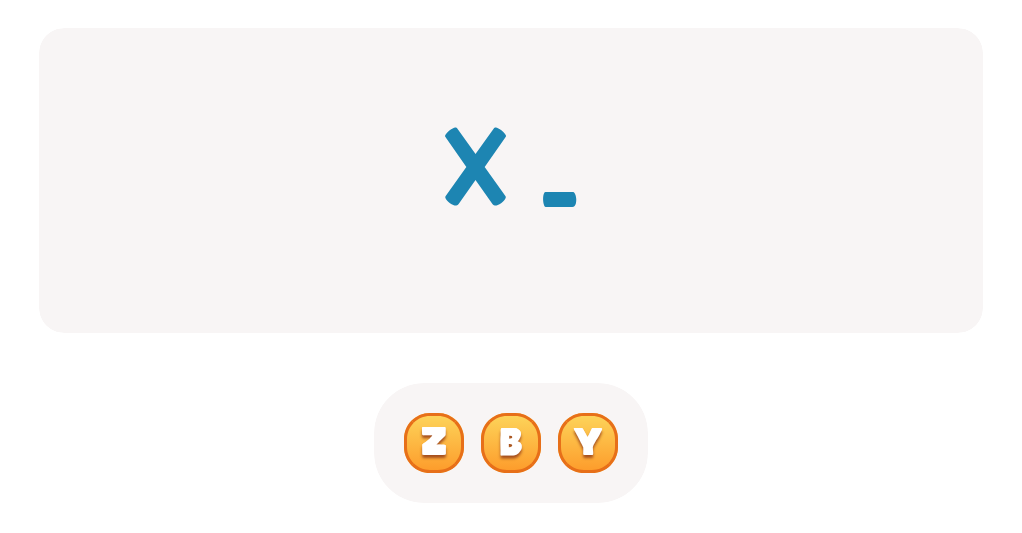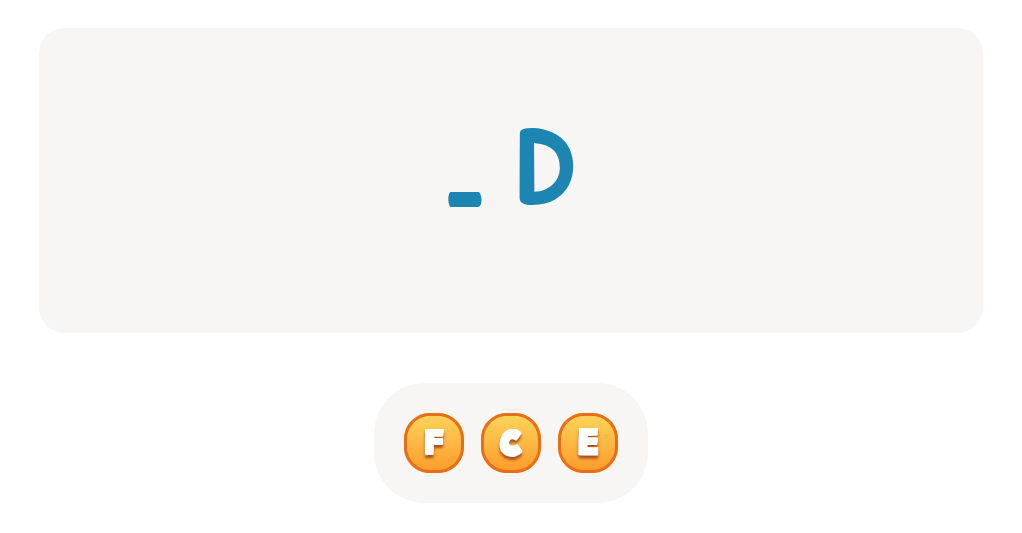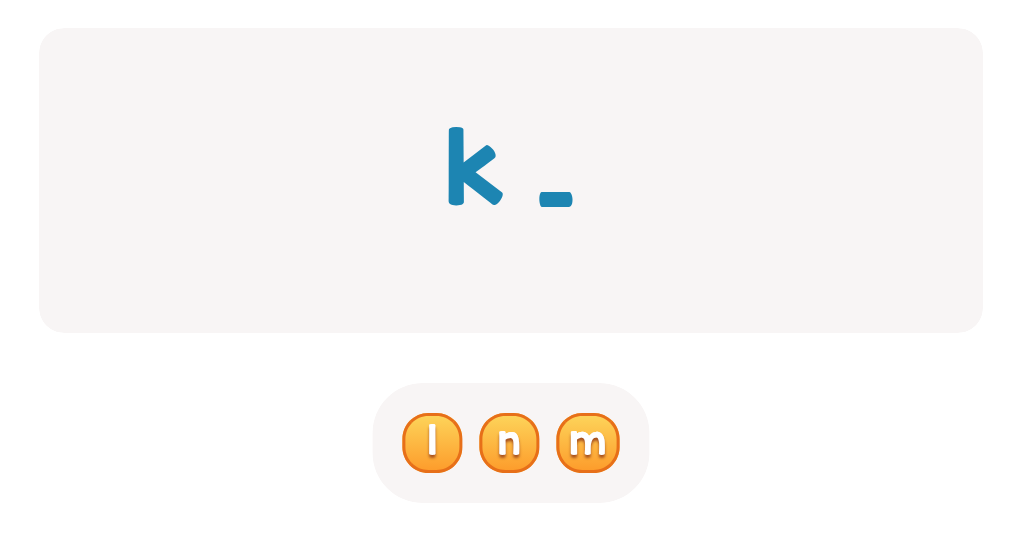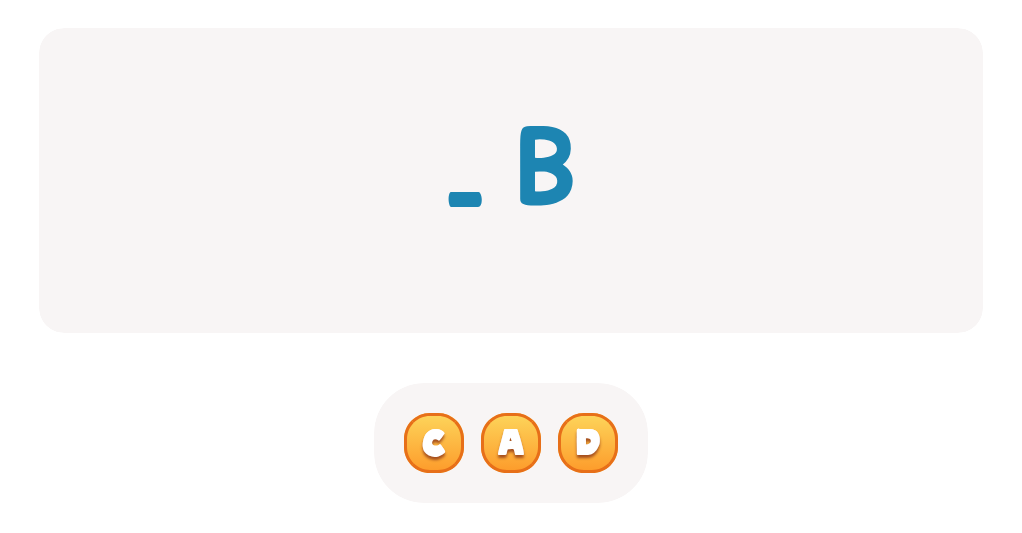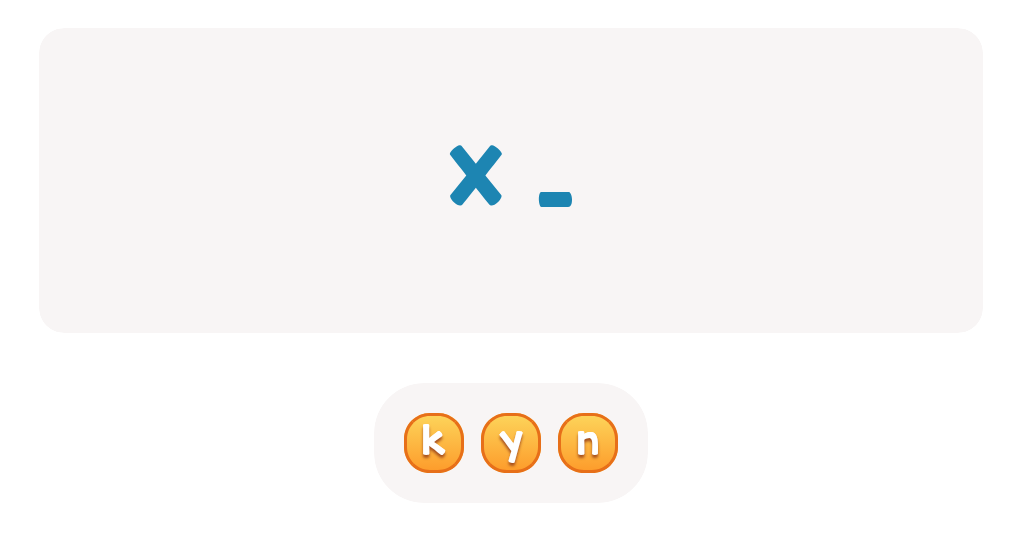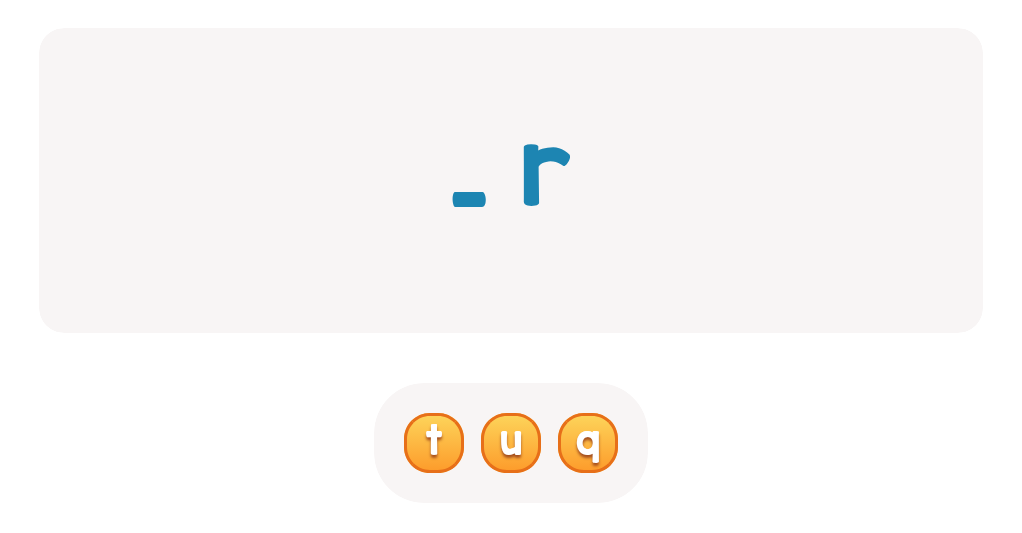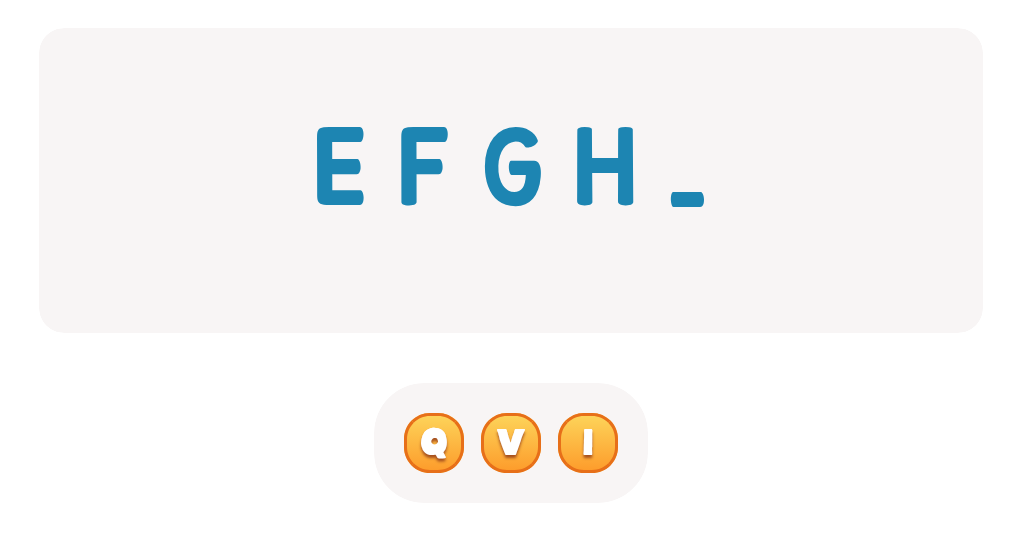Alphabet understanding Upper & Lowercase Letters Worksheets for Ages 3-5
3 filtered results
-
From - To
Discover our engaging "Alphabet Understanding Upper & Lowercase Letters Worksheets" tailored for children ages 3-5! Designed to foster early literacy skills, these worksheets encourage young learners to differentiate between uppercase and lowercase letters through vibrant visuals and interactive activities. Each worksheet nurtures critical thinking and fine motor skills, creating an enjoyable learning experience. Ideal for preschoolers and kindergarten readiness, our resources support parents and educators in laying a solid foundation for alphabetical understanding. Join us in making learning fun and effective—empower your child to recognize and master letters with our thoughtfully crafted worksheets today!
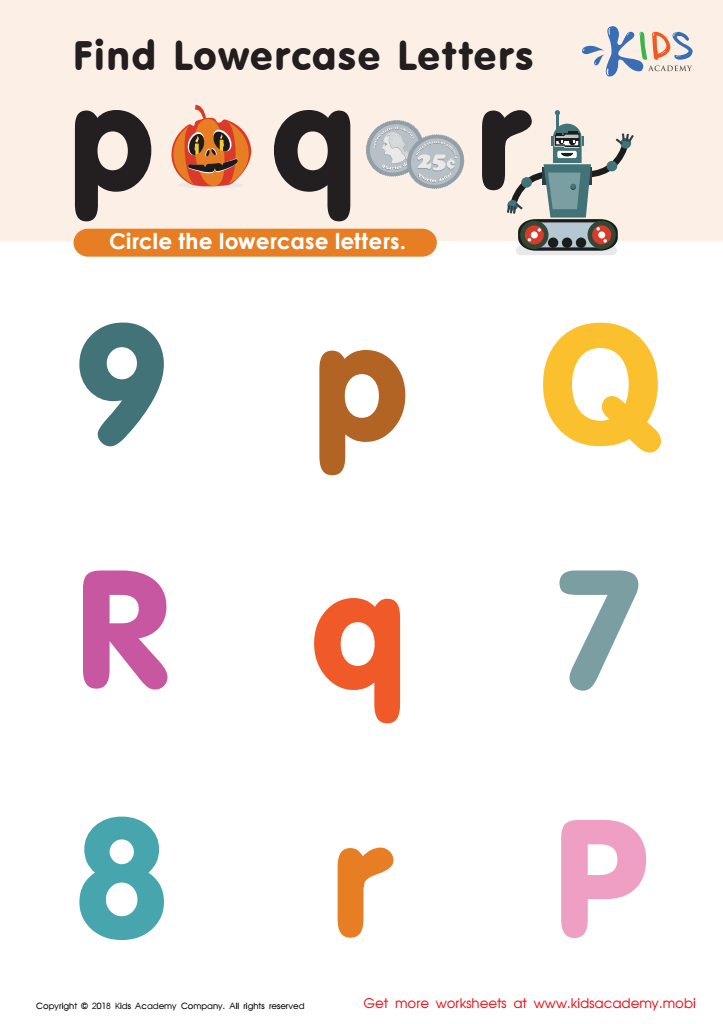

Find lowercase Letters p q r Worksheet
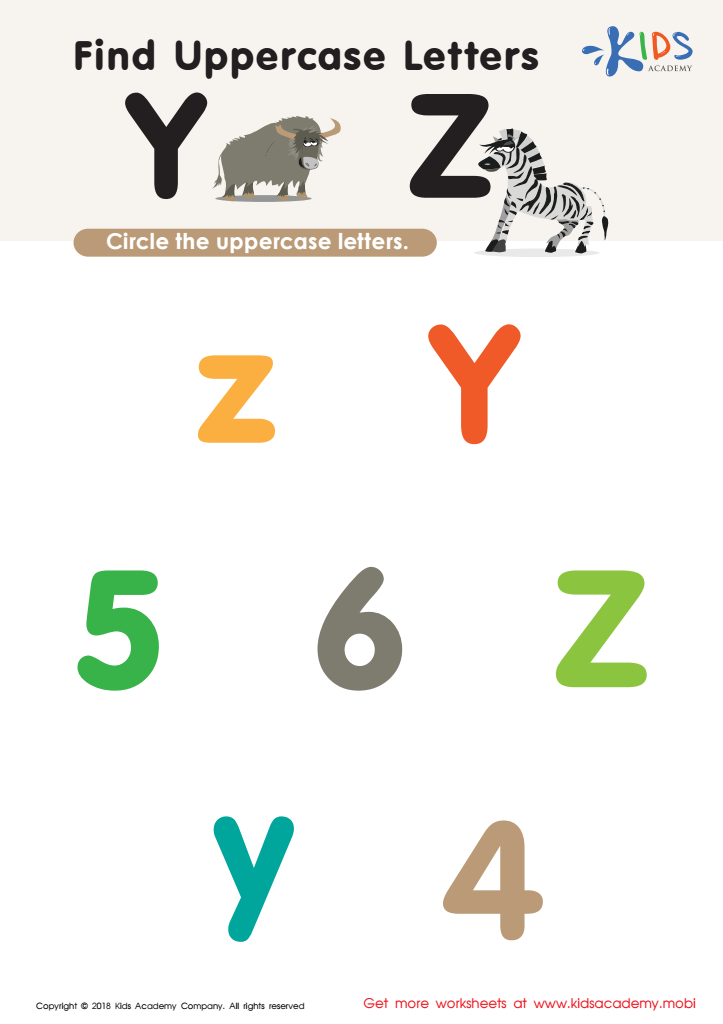

Find Uppercase Letters Y Z Worksheet
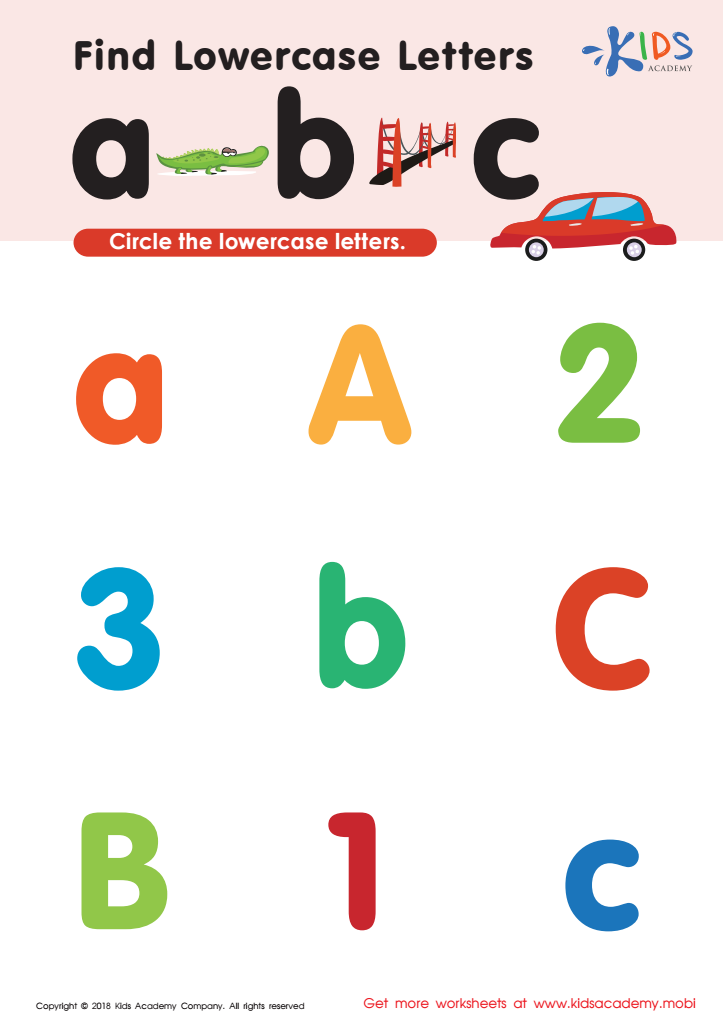

Find lowercase letters a b c Worksheet
Understanding uppercase and lowercase letters is a foundational skill for children aged 3-5, crucial for their development in reading and writing. Recognizing these letters helps children differentiate between them and understand their uses in language. As children gain familiarity with uppercase letters, often used at the beginning of sentences or proper nouns, they build a strong base for sentence structure and grammar. Lowercase letters make up the majority of written text, so knowing them enhances a child's ability to decode words and recognize them in context.
This awareness fosters literacy skills, encouraging early reading and writing abilities. Engaging children in alphabet activities, such as singing the alphabet song, reading books, or participating in letter-based games, nurtures their cognitive and motor skills. Additionally, a solid grasp of uppercase and lowercase letters boosts children's confidence as they begin to express themselves through writing, preparing them for more complex language concepts later on.
Parents and teachers play a vital role in this learning process. By providing loving support and diverse learning opportunities, they help children feel curious and excited about language, paving the way for a lifelong love of reading and writing. Understanding letters is not just an academic milestone; it shapes effective communication and overall literacy.
 Assign to My Students
Assign to My Students
